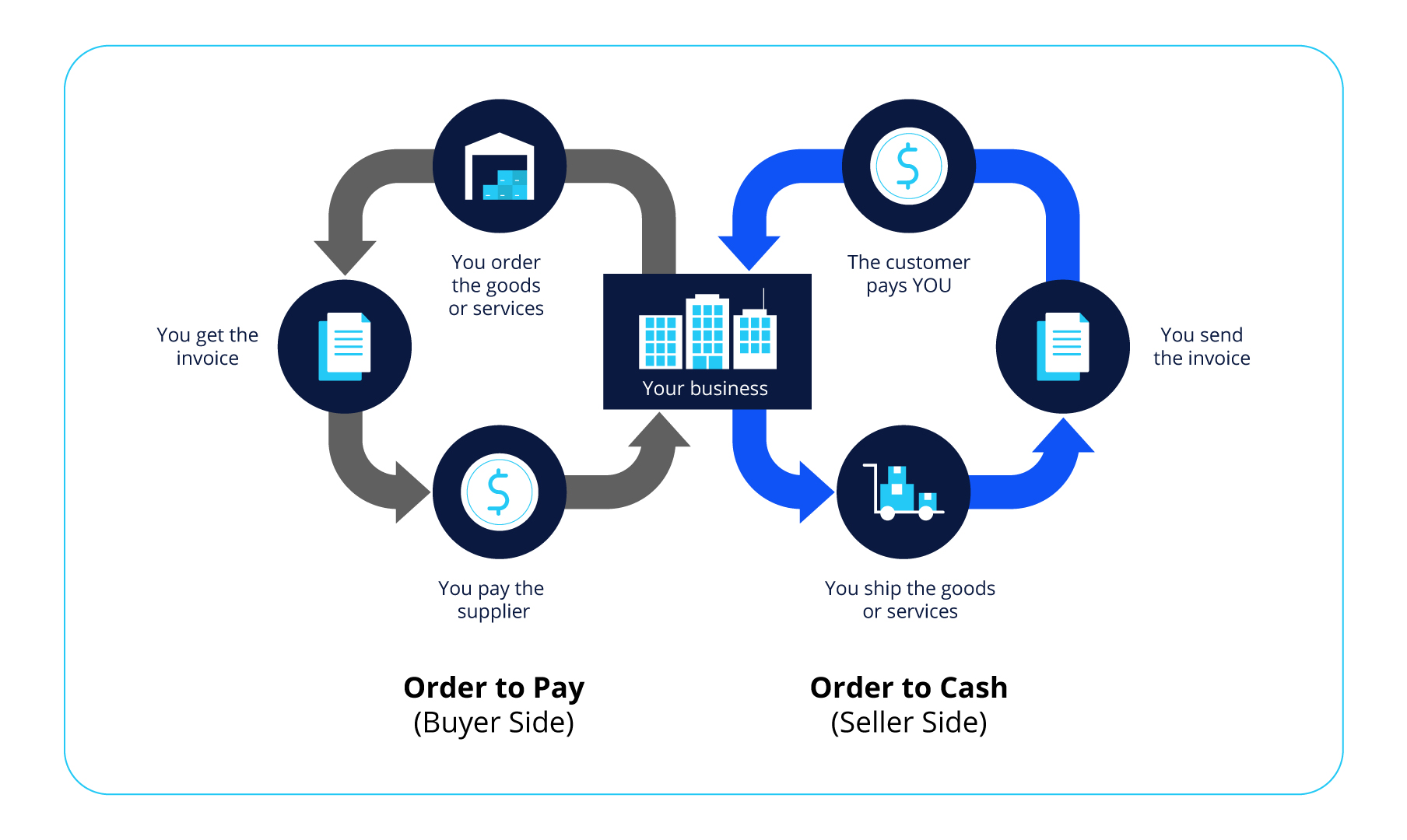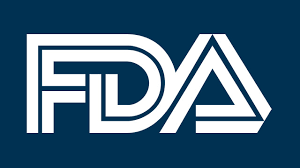Your supply chain is one big network that needs to flow smoothly, ensuring that the right product is delivered to the right place as quickly as possible. Your industries and business partners need to be aligned so that there are no supply disruptions.
However, the COVID-19 pandemic exposed several supply chain weaknesses that make this coordination difficult.
A major example was the lack of packaging materials to meet the unprecedented global demand for hand sanitizers in 2020.
There are complex interdependencies between players in global supply chains, where manufacturers depend on their first-tier suppliers, who depend on second-tier suppliers, and so on.
The problem lies in the fact that managing information transparency between these agents is very complex.
But, traceability software like TrackRX helps managers respond well to COVID-19 challenges by bringing information transparency into the chain by determining the source of supply and providing insights into alternative sources.
Process automation aligned with the analysis of key metrics and indicators – known as KPIs – are the best solution for optimizing organizational alignment that improves supply chain agility and positively impacts customer satisfaction.
A small technical innovation in your processes can scale positive results and increase the competitiveness of your operations, but analyzing the metrics of your investments can often be a confusing task.
It’s worth asking yourself, “am I collecting and analyzing the right metrics to monitor my supply chain performance and work out if my investments are generating positive returns?”
What are supply chain metrics?
In the supply chain, metrics are important numbers that an organization must track to measure the efficiency of its operations.
They “tell” managers how workflows are going in the chain, including production, transportation, and warehousing operations.
From these metrics you can determine where to invest in order to seek even greater improvements and results.
And what are supply chain KPIs?
KPIs – acronym for Key Performance Indicators – help managers quantify supply chain performance.
There are many of them, but it is up to the manager to understand which ones are most important to the business and the chain. So you can keep track of the most important metrics and look at other indirect KPIs occasionally.
Discover the key metrics you should track to optimize your supply chain operations:
1. Perfect Order Index
The Perfect Order Index is a composite index that measures the rate of error-free orders throughout the supply chain process.
The perfect – error-free – orders at each stage of the workflow are multiplied to show overall performance.
The index relates to the orders that were correctly recorded and shipped without problems in transportation and receipt by the customer.
Calculate the Perfect Orders Index using the following formula:
Perfect Orders Index = (Percentage of orders delivered on time * Percentage of orders completed * Percentage of orders with correct quality * Percentage of orders with accurate documentation) * 100
Or as follows:
Perfect Order Index = [(total orders – errors) / total orders] * 100
2. Cash-to-Cash Cycle Time.

Cash-to-Cash Cycle Time (C2C) measures the period of time between: (1) the time when the company pays suppliers for raw materials and (2) the time when customers pay the company for the end product.
A shorter cycle indicates that your money is spending less time in the hands of other businesses and more time being invested in your own operations. So the shorter the cycle, the better.
You can identify the source of potential problems in your cash flow with the following formula:
Cash cycle time = days accounts receivable + days inventory – days accounts payable
3. Supply Chain Cycle Time.
Supply Chain Cycle Time indicates how long it would take to complete an order if all inventory levels were zero at the time the order was requested.
A shorter cycle shows that the chain is efficient and its processes are flexible and respond well to potential problems.
Tracking the cycle time of the chain is one way to identify potential failures. Calculate the chain cycle time with the following formula:
Supply chain cycle time = time it takes to order and receive supplies + order fulfillment cycle time
4. Fill Rate, or Service Index.
The Fill Rate shows the amount of demand met by available inventory, not including back orders or lost sales.
Keep your eye on this rate to identify sales that you can recover or expedite if you can optimize your inventory performance to increase customer satisfaction.
Calculate the rate using the following formula:
Service Index = (1 – [(total items – shipped items) / total items]) * 100
5. inventory turnover.

Inventory Turnover measures the number of times your inventory is sold within a specific period of time, encompassing the efficiency of the entire supply chain.
Although the interpretation of the index varies from industry to industry, generally a low inventory turnover determines that the company has excess inventory compared to its number of sales.
Calculate the rate as follows:
Inventory turnover index = cost of goods sold in the period / [(beginning inventory in the period – ending inventory in the period)/2]
6. % of Shipment or Consignment traceability
This measures the percentage of shipments that were sent and tracked using traceability software in relation to the total number of shipments.
Percentage of Shipment Traceability = Number of shipments tracked / Total number of shipments
The rate can show you your level of shipment traceability capability.
TrackTraceRX
The TrackRX traceability system can provide you with highly detailed historical records of all your processes and transactions – in accordance with GS1 Global recommendations.
Cloud-based, it reports the status of each shipment (such as delivery time and product location) sharing real-time information with partners and customers.
The supply chain as a whole impacts the health of your organizational processes.
Tracking this set of metrics is the best way to:
- Measure the performance of your supply chain;
- Accurately process orders
- Address potential fluctuations in demand;
- Create more agile and efficient sales processes.
From a detailed analysis of these metrics, managers can investigate and correct problems within workflows, identify the appropriate investment targets, and improve customer satisfaction.
Have any questions about metrics, KPIs, our TrackRX traceability system or emerging technologies that can scale your supply chain results? Contact our team of experts now and get professional guidance with no strings attached!
{{cta(‘c53b7ee2-ee57-447b-89ef-0e1eddd533c0’)}}




